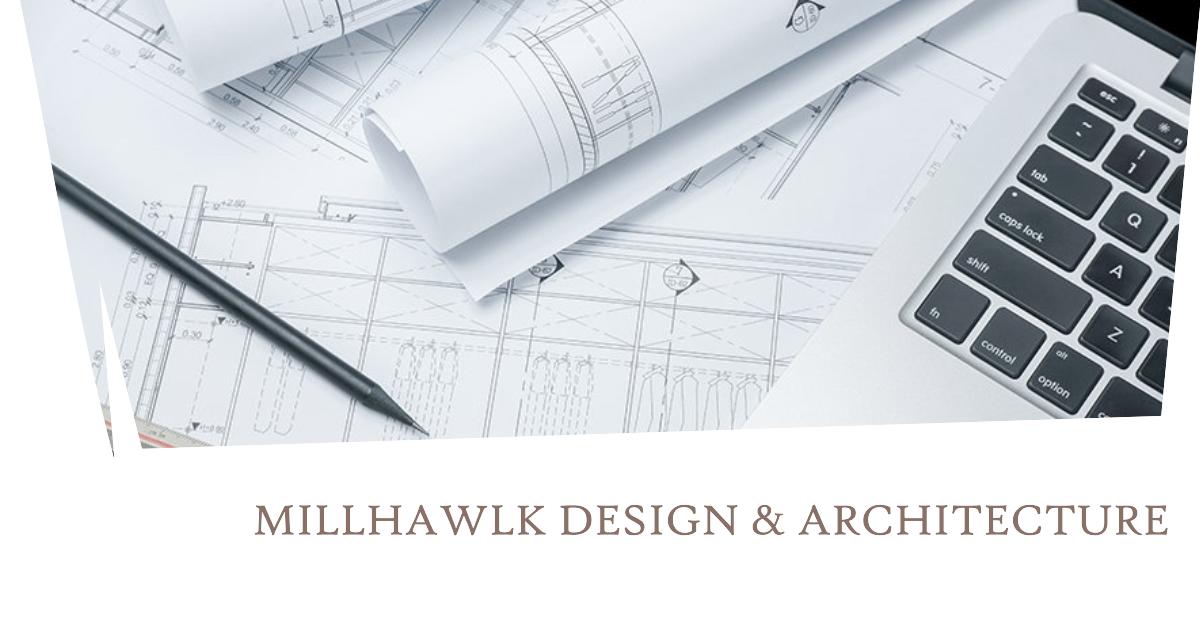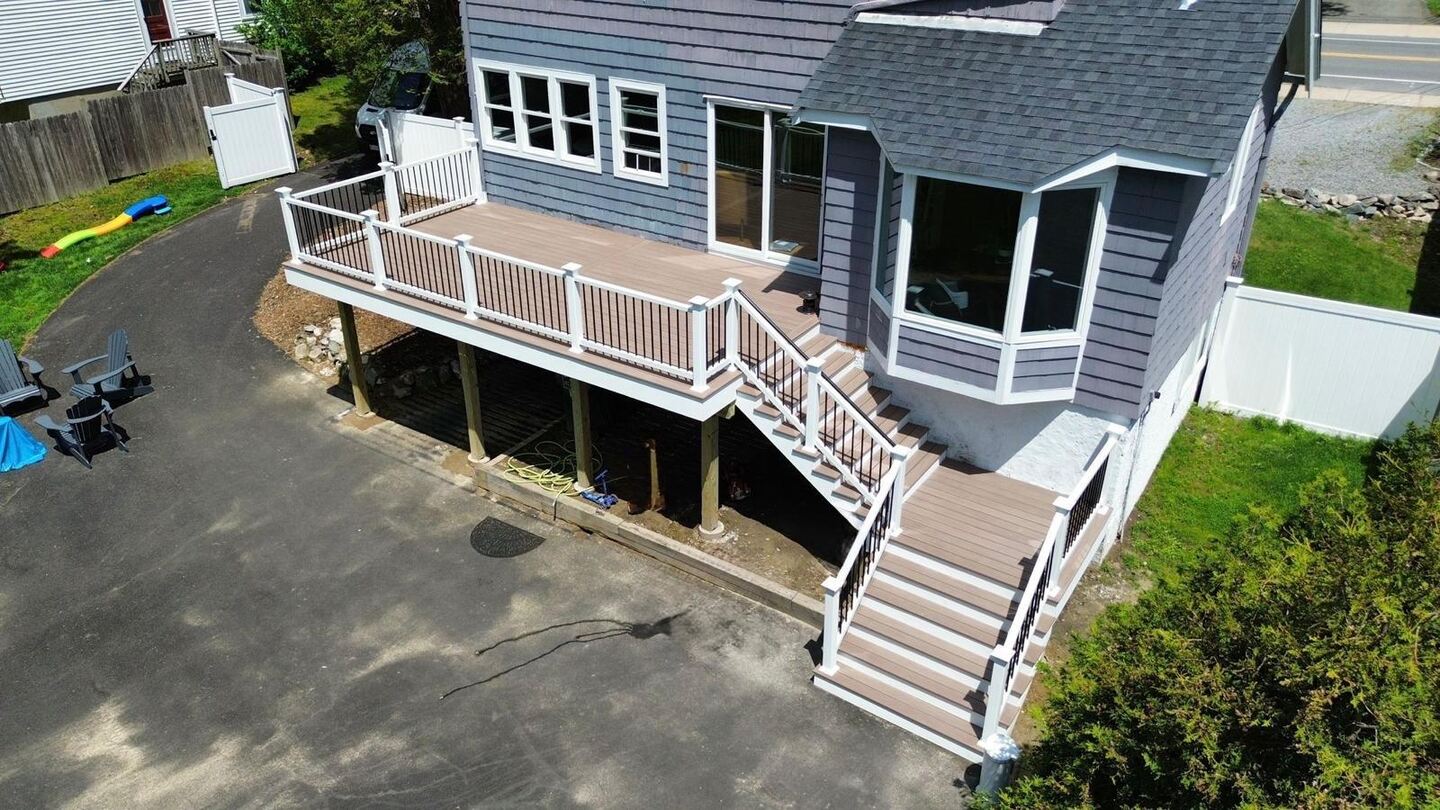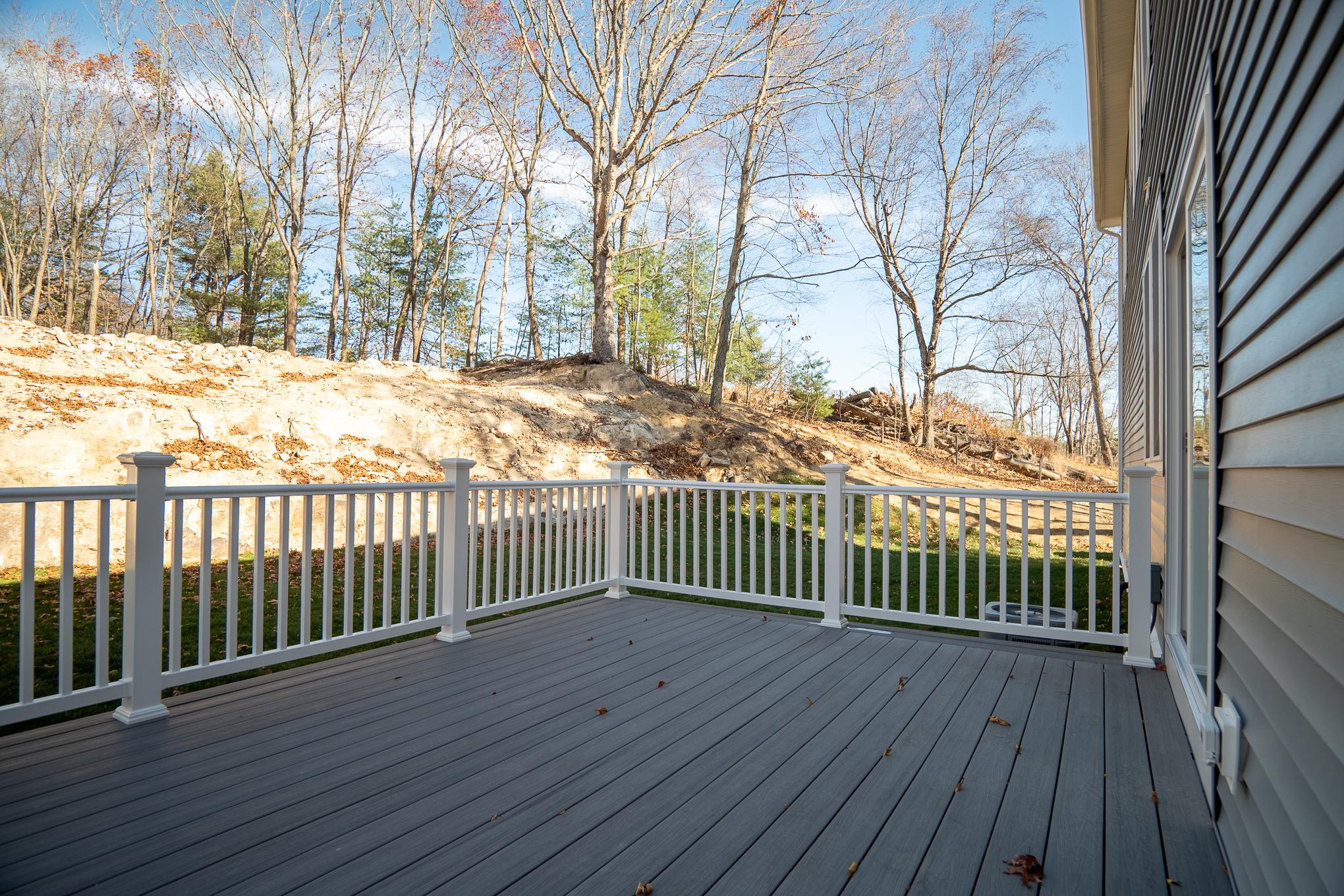What is Resilient Flooring in architecture?
Resilient flooring in architecture refers to a type of flooring material that is designed to be durable, flexible, and resistant to wear and tear. It is commonly used in high-traffic areas such as commercial buildings, schools, hospitals, and other public spaces.
Types of Resilient Flooring
There are several types of resilient flooring available in the market, including vinyl, linoleum, rubber, and cork. Each type has its own unique characteristics and benefits, making it suitable for different applications in architecture.
Benefits of Resilient Flooring
Resilient flooring offers a wide range of benefits, including easy maintenance, durability, water resistance, and comfort underfoot. It is also available in a variety of colors, patterns, and textures, allowing architects to create visually appealing designs.
Installation of Resilient Flooring
The installation of resilient flooring in architecture requires careful planning and preparation. It is important to ensure that the subfloor is clean, level, and dry before installing the flooring material to ensure a smooth and long-lasting finish.
Maintenance of Resilient Flooring
Proper maintenance is essential to prolong the lifespan of resilient flooring in architecture. Regular cleaning, polishing, and sealing can help protect the flooring from stains, scratches, and other forms of damage.
Applications of Resilient Flooring
Resilient flooring is commonly used in a wide range of architectural applications, including healthcare facilities, educational institutions, retail stores, and residential buildings. Its versatility and durability make it a popular choice among architects and designers.
Sustainability of Resilient Flooring
Many manufacturers of resilient flooring are now focusing on sustainability and eco-friendly practices. By using recycled materials and reducing waste during production, resilient flooring can contribute to a more environmentally friendly architecture industry.
Cost of Resilient Flooring
The cost of resilient flooring in architecture can vary depending on the type of material, installation method, and project size. While some types of resilient flooring may be more expensive upfront, they often offer long-term cost savings due to their durability and low maintenance requirements.
Design Trends in Resilient Flooring
Design trends in resilient flooring are constantly evolving, with architects and designers experimenting with new colors, patterns, and textures to create unique and innovative spaces. From bold geometric designs to natural wood-look finishes, resilient flooring offers endless possibilities for creative expression in architecture.
Conclusion
In conclusion, resilient flooring plays a crucial role in modern architecture, offering a durable, versatile, and sustainable flooring solution for a wide range of applications. By understanding the benefits, types, installation methods, and design trends of resilient flooring, architects can make informed decisions when incorporating this material into their projects.




